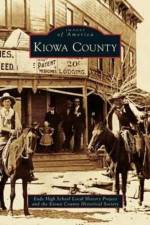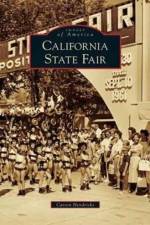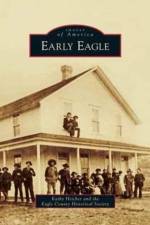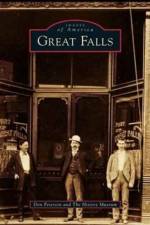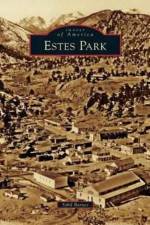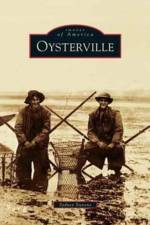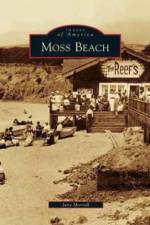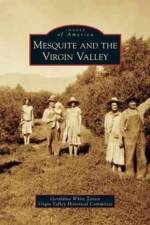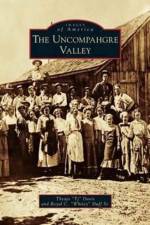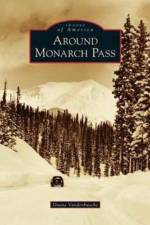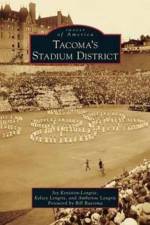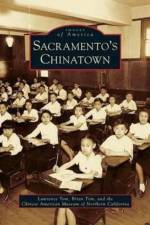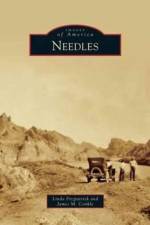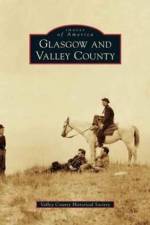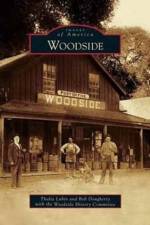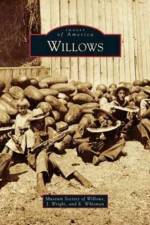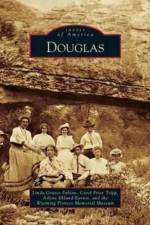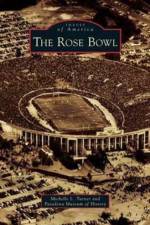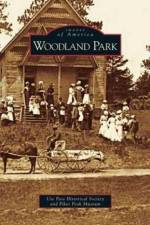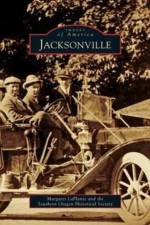av Ron McCloud & Deborah Harton
385,-
In the 1880s, the Central Pacific Railroad labored through the rugged upper Sacramento River canyon to connect California with the far northwest. Where the canyon's steep walls open up to a view of snowcapped Mount Shasta, a railroad switching yard, a depot, a roundhouse, a turntable, and repair shops were constructed. Surrounded by virgin timber, rushing waters, and dramatic geologic formations, this railhead camp--named for a Canadian collier--grew. Completion of the rail line brought commerce and growth as timber was harvested and streams were prospected for gold. Visitors were, and continue to be, drawn by the pure mountain air, scenic beauty, healing mineral waters, hunting, and world-class trout fishing. Though facing many obstacles, including storms, fires, and floods, the town thrived. Incorporated in 1909, Dunsmuir became the headquarters for the Southern Pacific Railroad's fabled Shasta Division in 1916. Today Dunsmuir is known as California's Historic Railroad Town and is recognized in the National Register of Historic Places.


